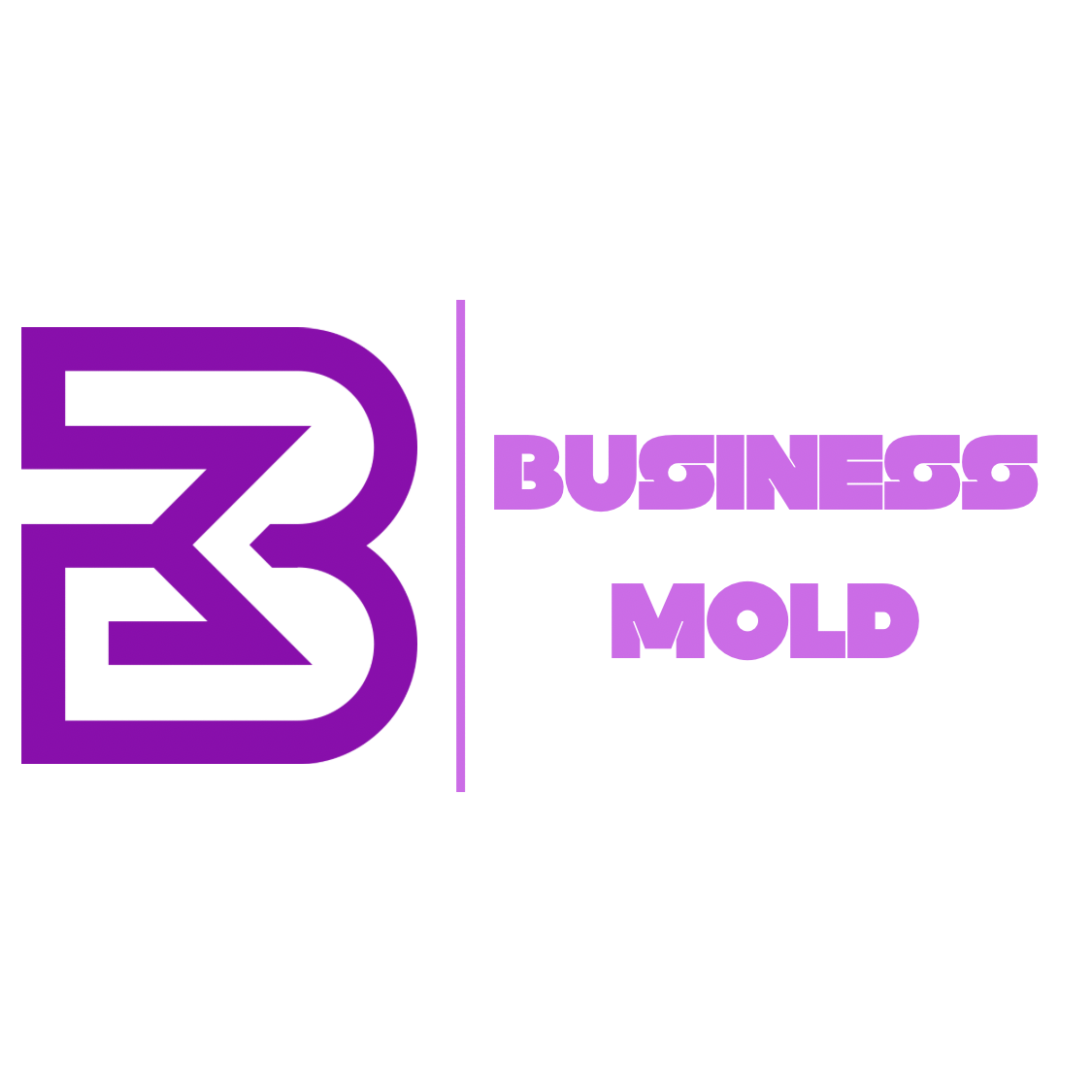In today’s rapidly changing business landscape, managing risks in high-stakes environments has become an essential focus for organizations of all sizes. High-stakes environments—such as finance, healthcare, technology, and manufacturing—demand a proactive approach to risk management due to the potential for significant financial loss, reputational damage, or even legal consequences. This topic has gained increased attention in light of recent global disruptions, including economic fluctuations, cybersecurity threats, and the ongoing effects of the COVID-19 pandemic. Opinions on effective risk management strategies vary widely, with some experts advocating for comprehensive frameworks like Enterprise Risk Management (ERM), while others stress the importance of agile methodologies that adapt to emerging threats.
Exploring the Facets of Managing Business Risks
Managing business risks involves various aspects, including identifying, assessing, mitigating, and monitoring risks. Identifying risks is the first crucial step, encompassing everything from operational hazards to market fluctuations. According to the Committee of Sponsoring Organizations of the Treadway Commission (COSO), organizations should employ a structured approach to risk identification, ensuring that all potential threats are recognized.
Assessing risks requires a thorough analysis of their potential impact and likelihood. The Risk Management Society (RIMS) emphasizes the importance of quantifying risks to prioritize them effectively. Mitigation strategies can range from implementing robust cybersecurity measures to developing crisis communication plans. For example, companies like Amazon have invested heavily in technology and personnel training to safeguard against operational risks and data breaches.
Monitoring risks is equally important. Continuous evaluation allows organizations to adapt to changing circumstances swiftly. A report by McKinsey & Company highlights how companies that implement ongoing risk assessments are better equipped to handle unforeseen challenges. The implications of effective risk management are profound, impacting not only organizational resilience but also broader economic stability and societal trust.
Challenges and Considerations
Despite the clear importance of risk management, several challenges complicate the landscape. One major issue is the complexity of identifying and quantifying risks in a rapidly evolving environment. New technologies, regulatory changes, and market dynamics can introduce unforeseen variables that complicate assessments. The World Economic Forum notes that emerging risks, particularly those related to technology and climate change, pose significant challenges for traditional risk management frameworks.
Ethical considerations also come into play. For instance, the pursuit of aggressive risk mitigation strategies may inadvertently lead to discrimination or unethical decision-making. Organizations must balance risk appetite with ethical responsibilities to stakeholders. A Harvard Business Review article discusses the need for ethical guidelines in risk management practices to ensure that companies do not sacrifice moral considerations in their quest for profit.
Looking ahead, the future of risk management will likely be shaped by advancements in technology. Artificial Intelligence (AI) and big data analytics offer promising avenues for enhancing risk identification and assessment. However, these technologies also introduce new risks, such as data privacy concerns, creating an ongoing cycle of challenge and opportunity.
Case Studies or Real-world Applications
One prominent case study illustrating effective risk management is the response of Johnson & Johnson to the 1982 Tylenol poisoning crisis. The company’s immediate action to recall all Tylenol products showcased a proactive approach to managing both public safety and corporate reputation. Johnson & Johnson’s commitment to transparency and consumer safety ultimately helped restore trust and recover market share, demonstrating the effectiveness of strong risk management practices.
Conversely, the failure of Blockbuster to adapt to the changing landscape of digital streaming is a cautionary tale of inadequate risk management. Blockbuster ignored emerging threats from companies like Netflix, ultimately leading to its decline. This example underscores the necessity of continuous risk monitoring and adaptability in a high-stakes environment.
Conclusion
Managing business risks in high-stakes environments is a complex and multifaceted endeavor. Organizations must navigate an array of challenges, from identifying emerging risks to balancing ethical considerations. As the business landscape continues to evolve, so too will the strategies for effective risk management. Understanding that this conversation is ongoing will help businesses remain resilient and responsive to future challenges.
Q&A Section
1. What are the key steps in managing business risks?
The key steps include identifying risks, assessing their potential impact, developing mitigation strategies, and continuously monitoring the risks.
2. How can companies effectively identify emerging risks?
Regular environmental scanning, market analysis, and stakeholder feedback can help organizations stay attuned to emerging risks.
3. What role does technology play in risk management?
Technology, including AI and data analytics, enhances risk identification and assessment, enabling organizations to respond proactively to threats.
4. How should companies balance risk appetite with ethical considerations?
Organizations should establish clear ethical guidelines and ensure stakeholder interests are considered in decision-making processes.
5. Where can I find more resources on risk management?
Consider exploring resources from RIMS, COSO, and the World Economic Forum for comprehensive insights on risk management practices.
For expert assistance in navigating business risks or to explore digital marketing services such as PPC, SEO, or website building, visit Business Mold Services.
For further exploration of digital disruption or if you require business consulting or digital marketing services, visit our services page at Business Mold. Whether it’s PPC, SEO, or website building, we are equipped to elevate your business in the digital age.




